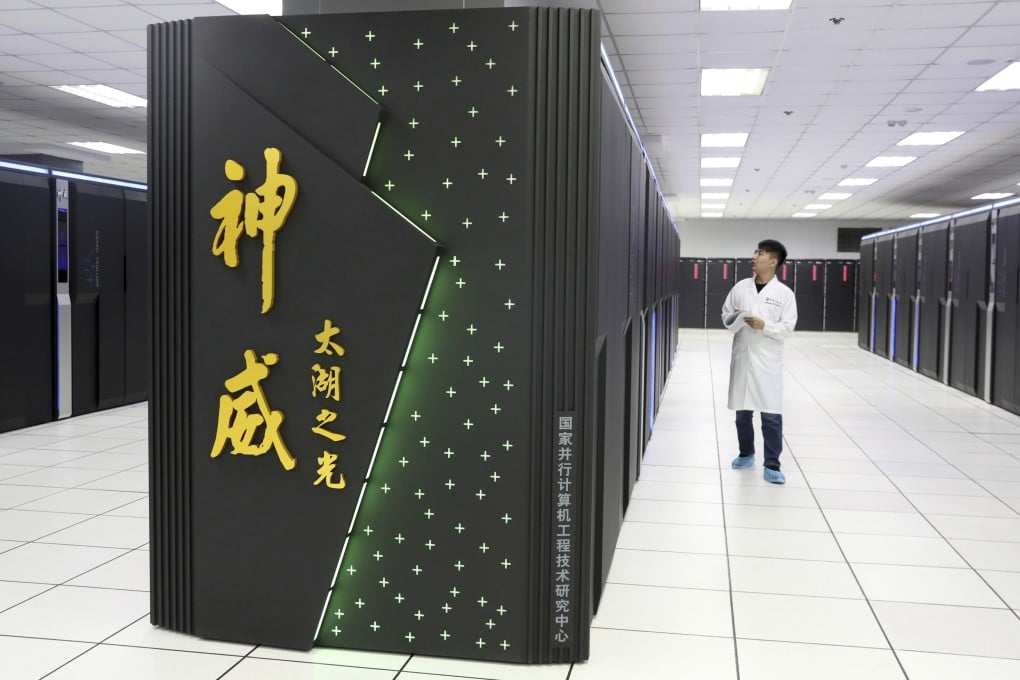China’s supercomputer Sunway TaihuLight falls to sixth place amid reluctance to share data over US sanctions fears
- China’s supercomputing research institutions no longer submit data to the Top500 list because of worsening relationship with the US, a scientist said
- The US topped the latest list with its Frontier system, which is capable of 10 times more calculations per second than Sunway TaihuLight

China’s supercomputing research institutions have stopped submitting data to a Germany-based ranking agency owing to the country’s worsening relationship with the US, according to a Chinese scientist who is involved with the project.
The scientist, who declined to be named because he is not authorised to speak with news media, said providing data to the Top500 has “halted indefinitely”, which includes information on supercomputing development and performance. The German agency has maintained a ranking of the 500 most powerful non-distributed computer systems in the world since 1993.
China used to be an active participant in the ranking, but it has become more reluctant to share supercomputing information because of “trade frictions” with the US in recent years, the scientist said. Washington has put at least 12 Chinese entities associated with supercomputing on an export blacklist, including Sugon and National Supercomputing Centre in the eastern city of Wuxi, the developer of the once-dominant Sunway TaihuLight supercomputer.
In the latest Top500 ranking published this week, the Frontier system, located at the US Department of Energy’s Oak Ridge National Laboratory, came out on top. It was followed by Japan’s Fugaku cluster and the new Lumi cluster at the European Supercomputing Centre in Finland.
China’s Sunway TaihuLight, which topped the ranking in 2016 and 2017, ranked sixth on the list, while Tianhe-2A, the champion from 2013 to 2015, came in ninth.
Frontier, or OLCF-5, is the first supercomputer on the Top500 list to record 1 quintillion floating-point operations per second, known as exascale computing. Sunway TaihuLight topped the list six years ago with 93 quadrillion calculations per second, roughly a tenth of what Frontier is capable of. China has since completed prototypes of three exascale computers: the New Generation Sunway exascale supercomputer, Tianhe 3, and one from Sugon.
However, China only shares limited information about these computers, publicly disclosing less than what the Top500 list requires, so it is difficult to discern where the full capabilities of its supercomputers are today. China’s Ministry of Science and Technology, which supervises supercomputing research, did not immediately respond to requests for comment.